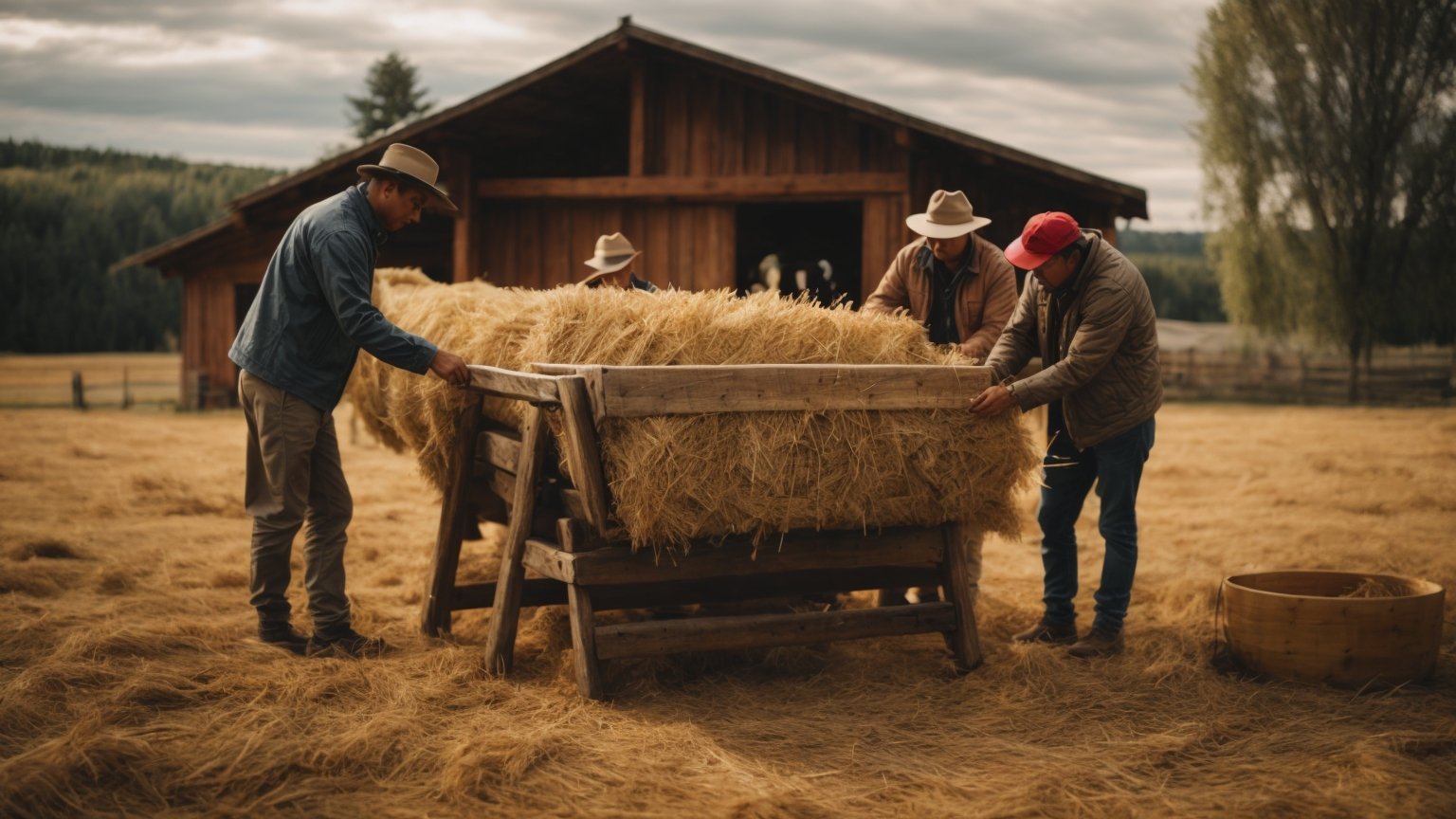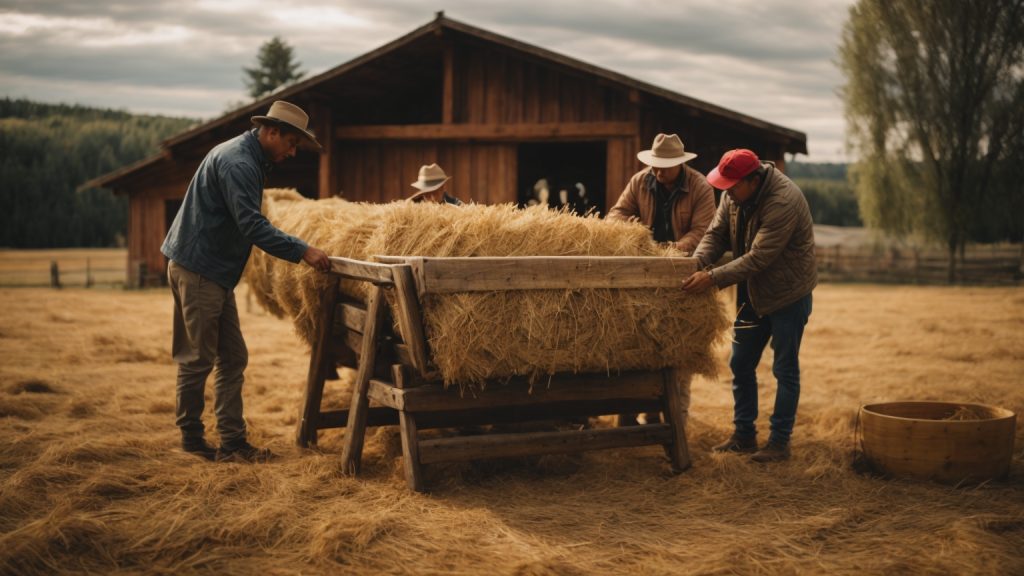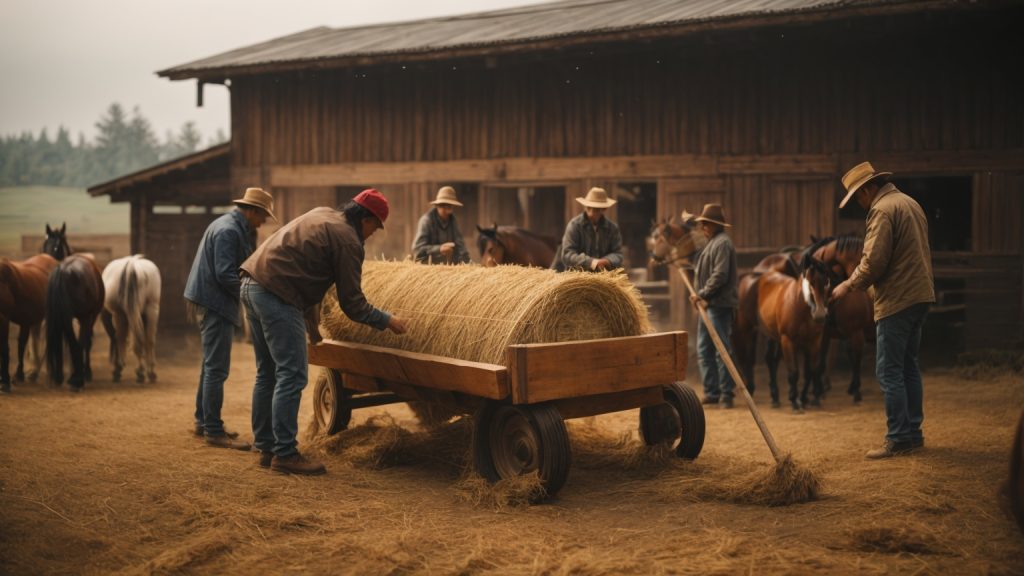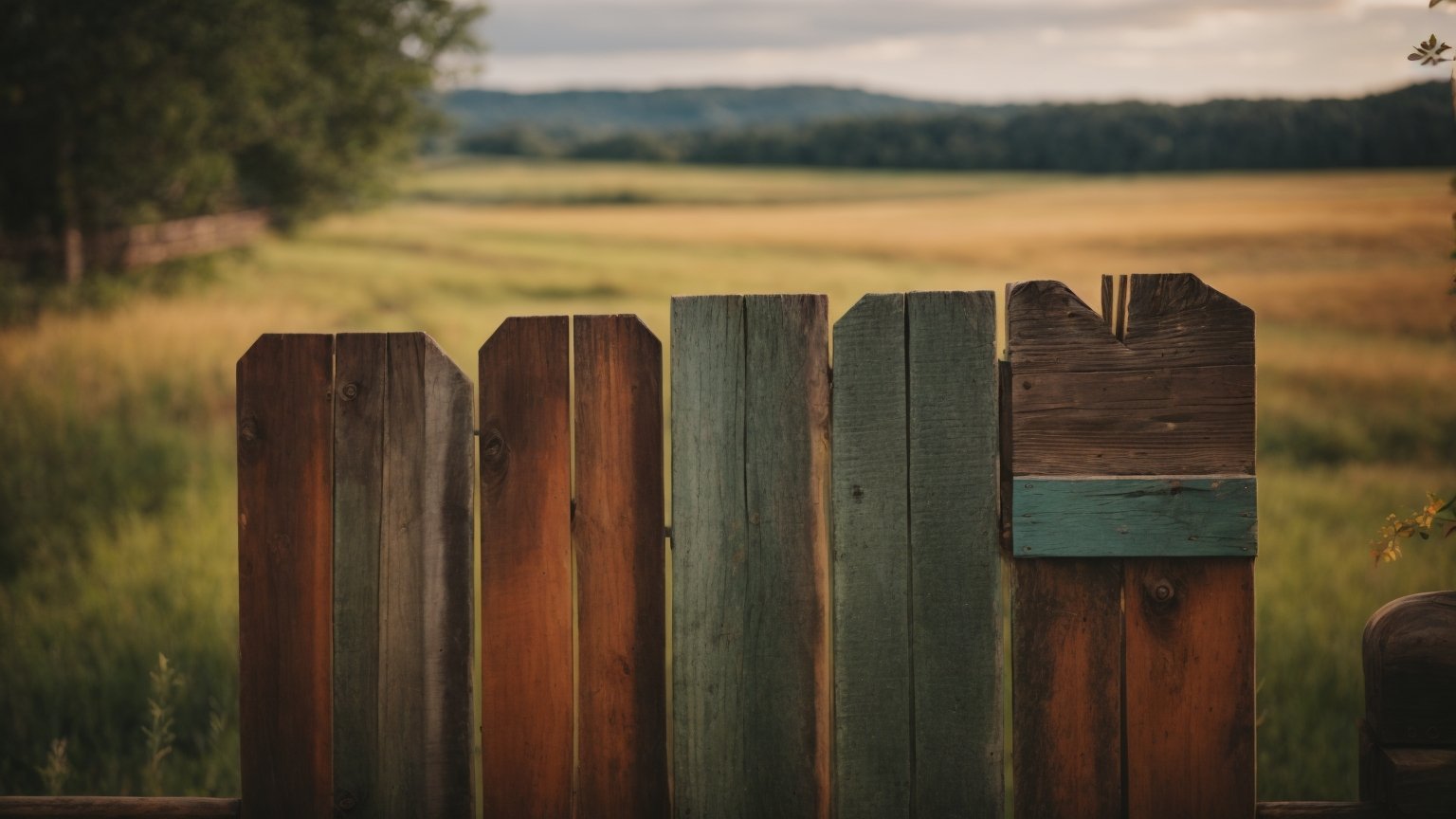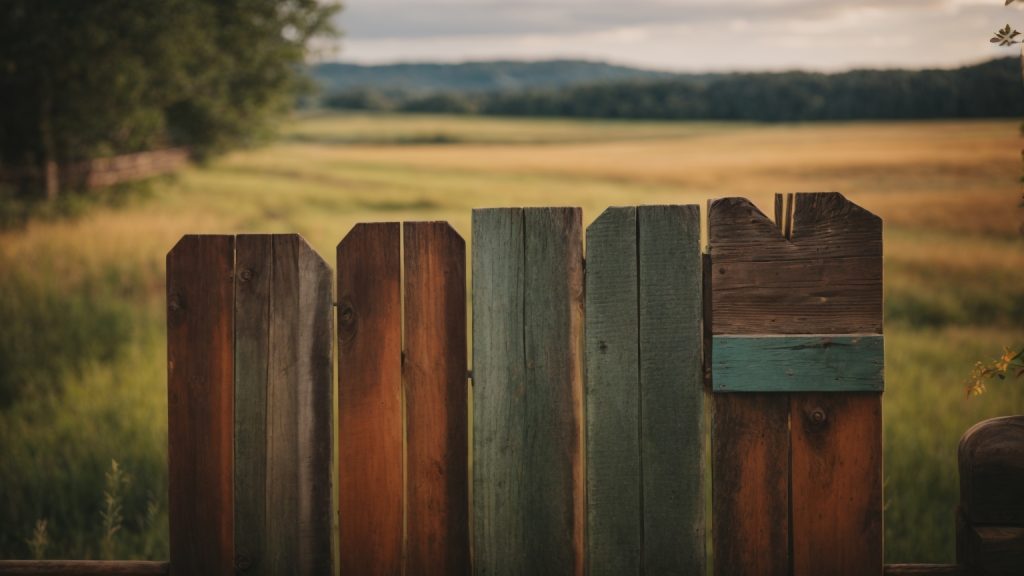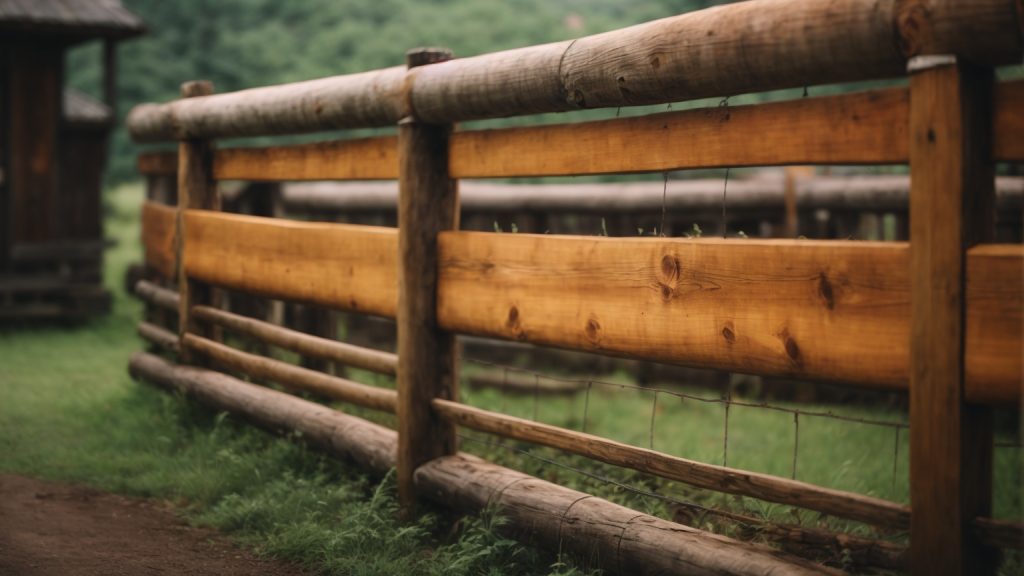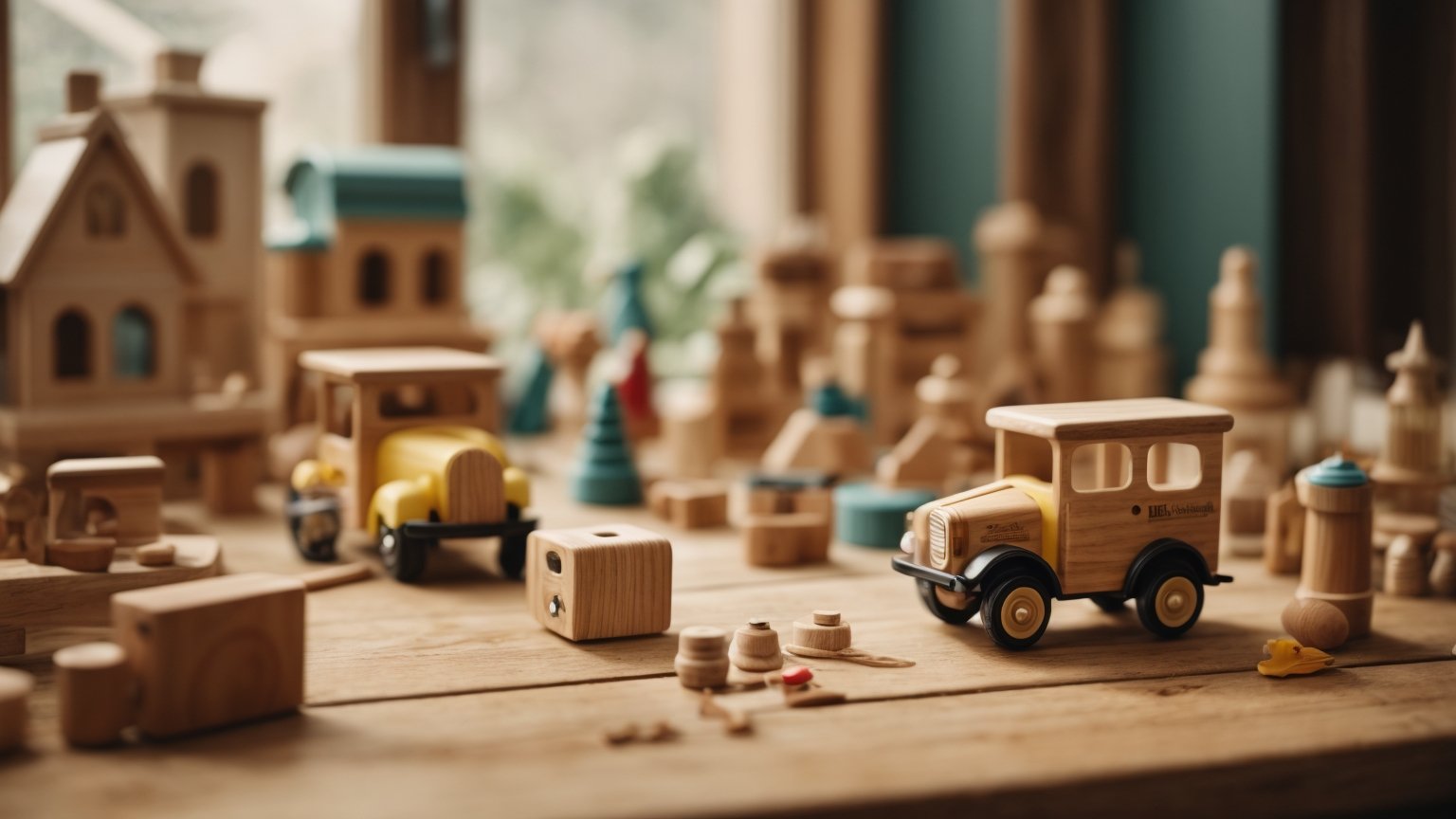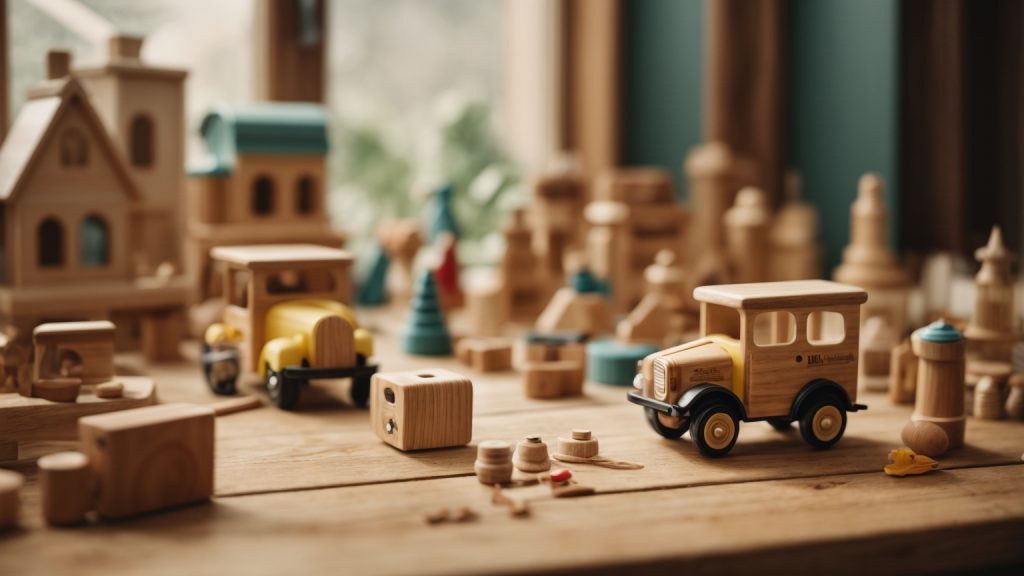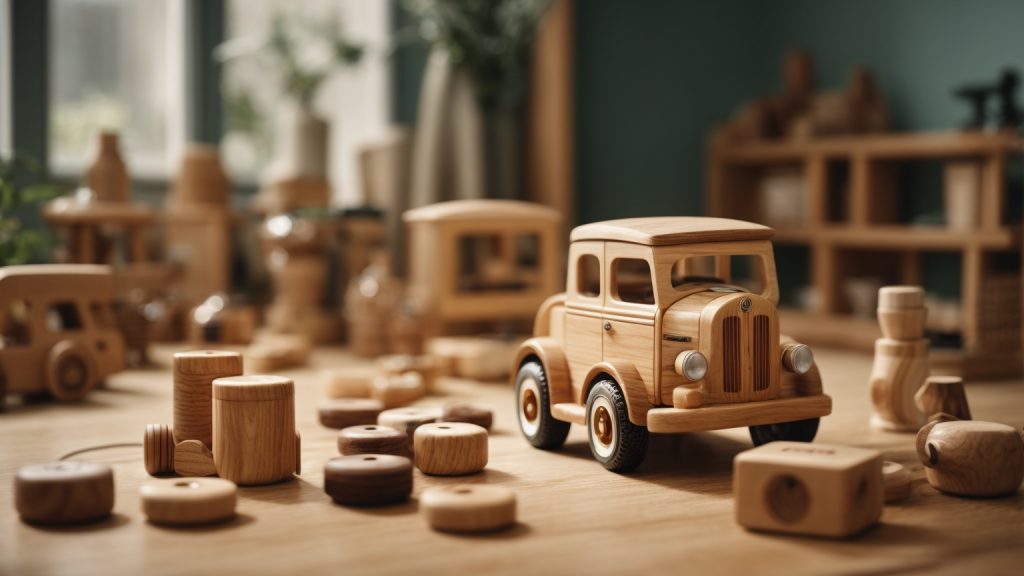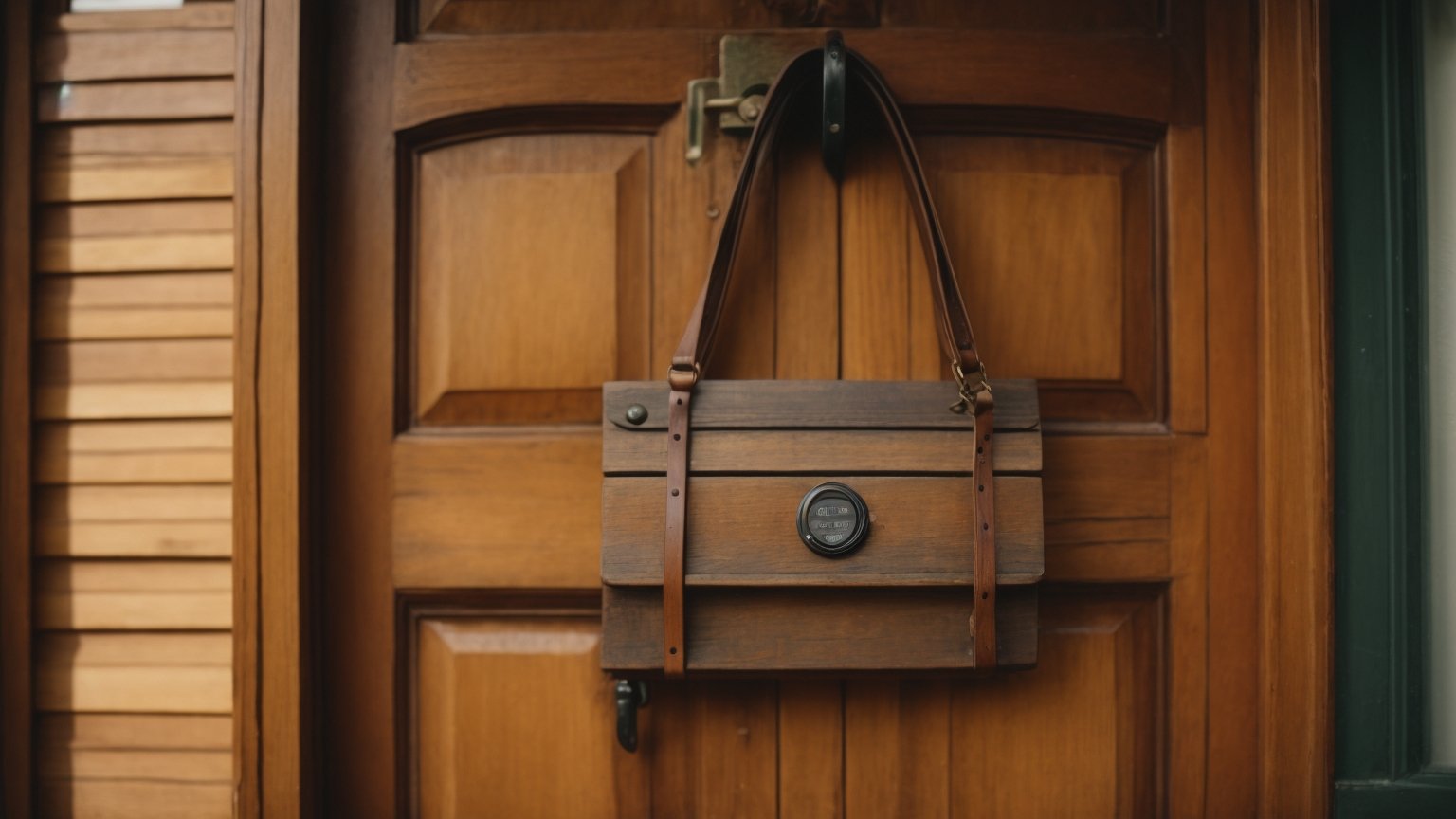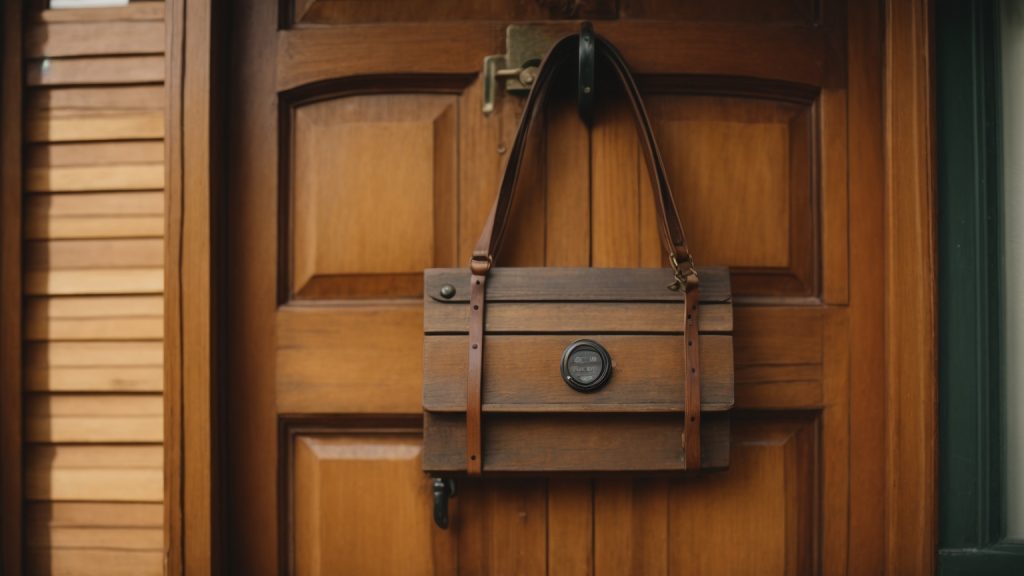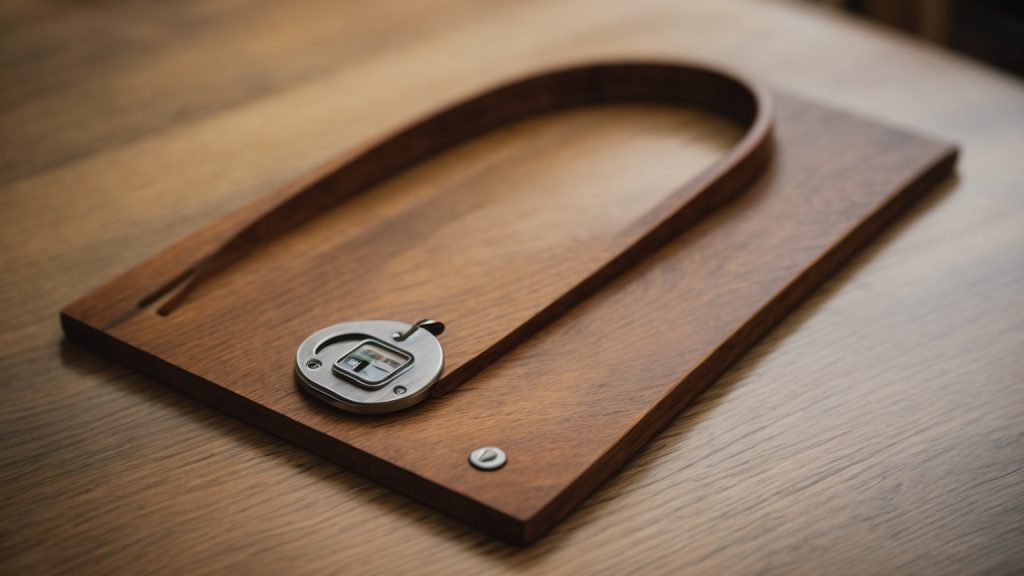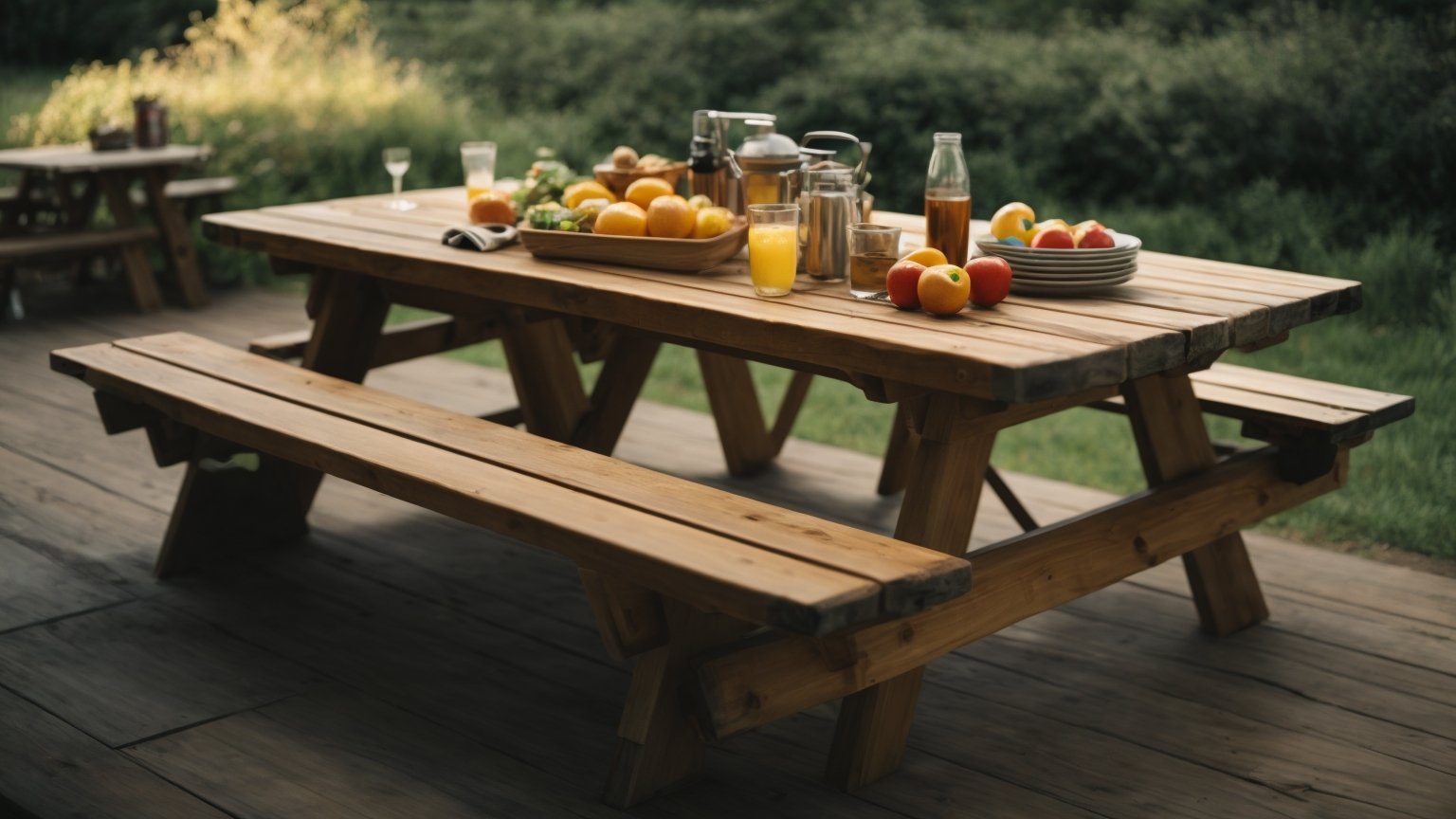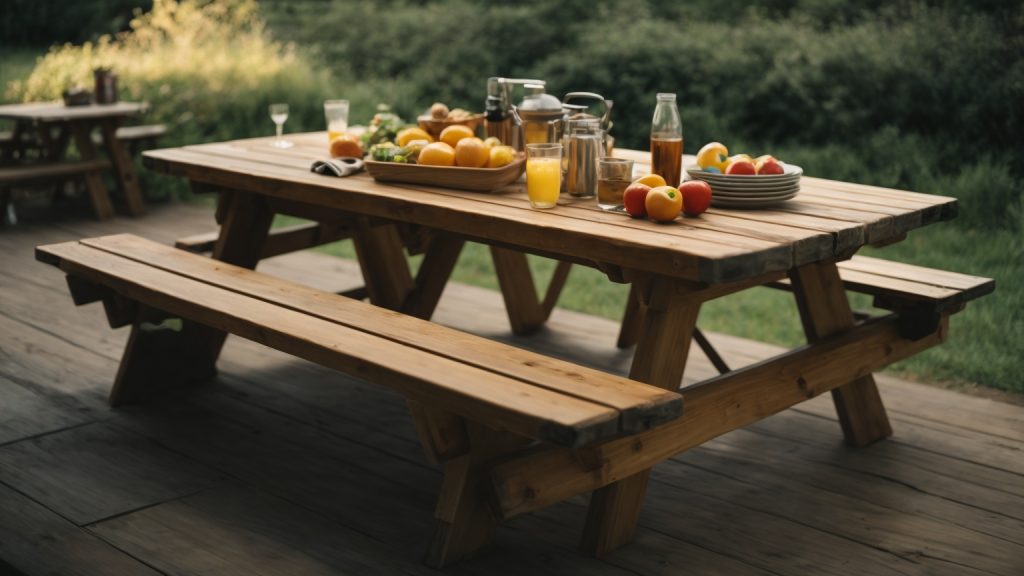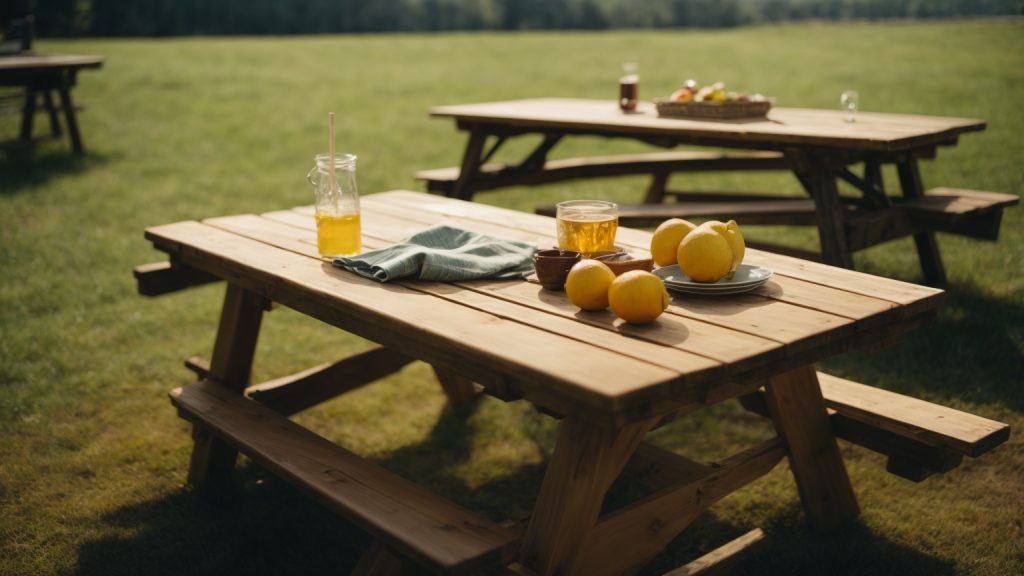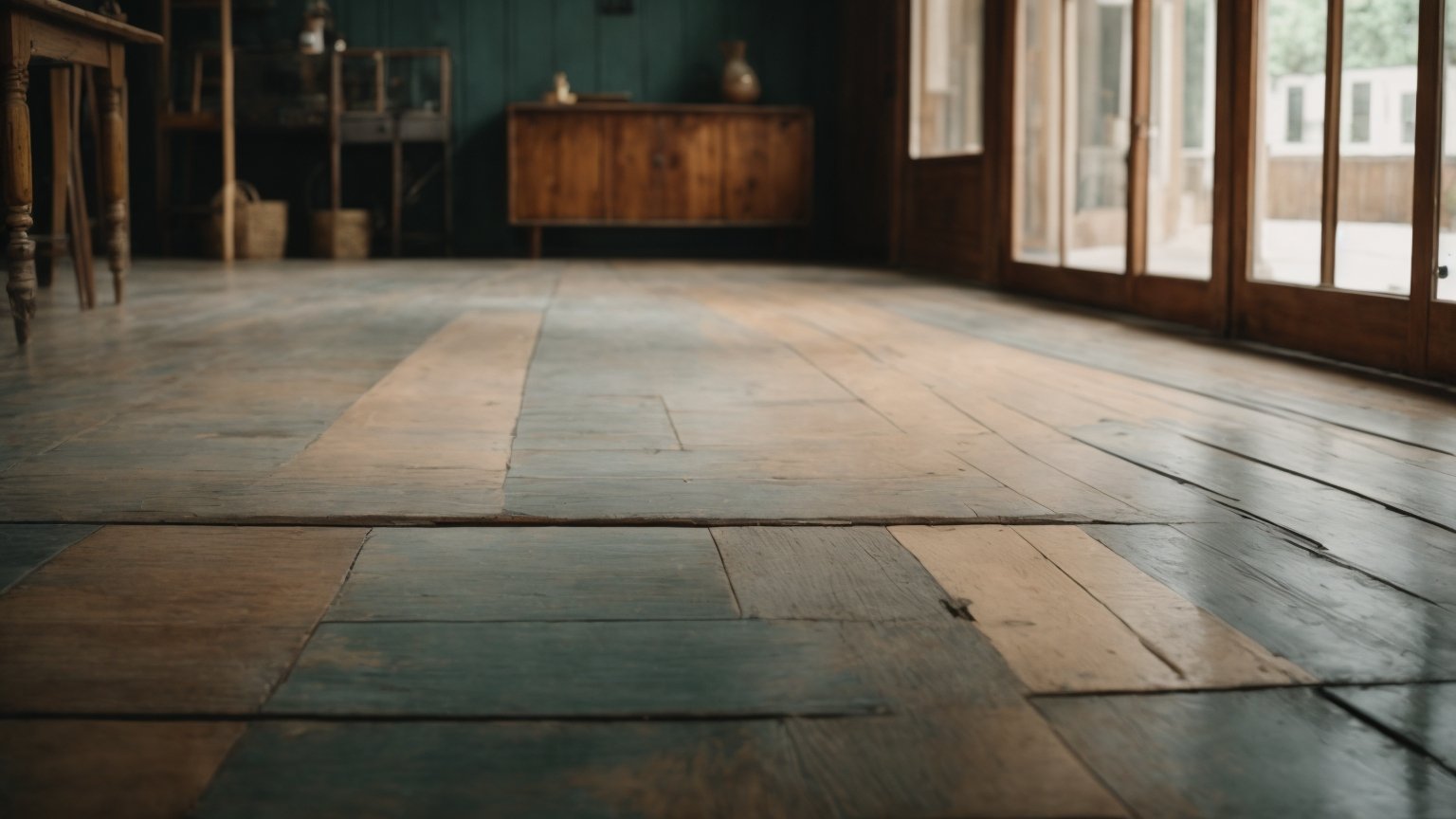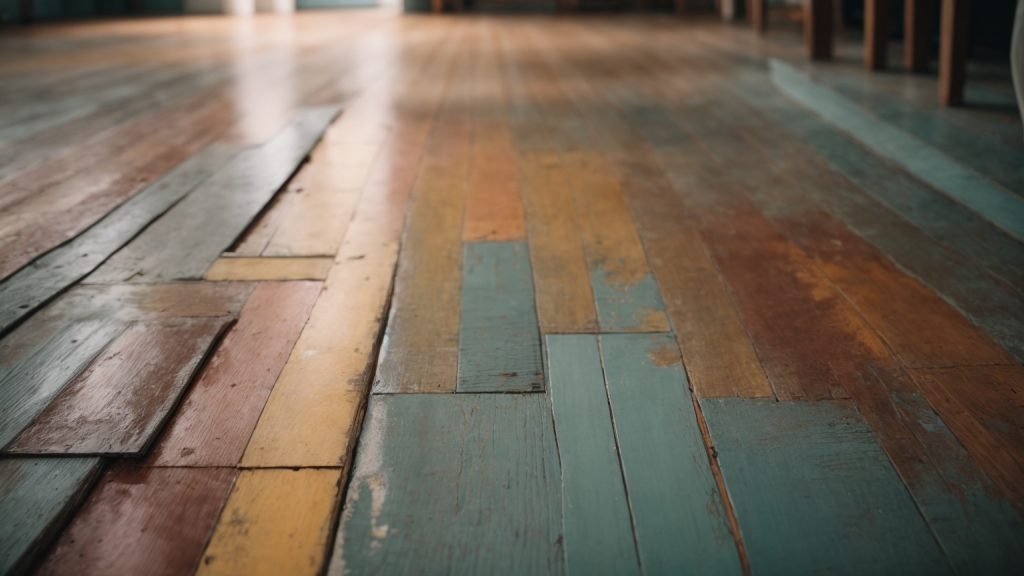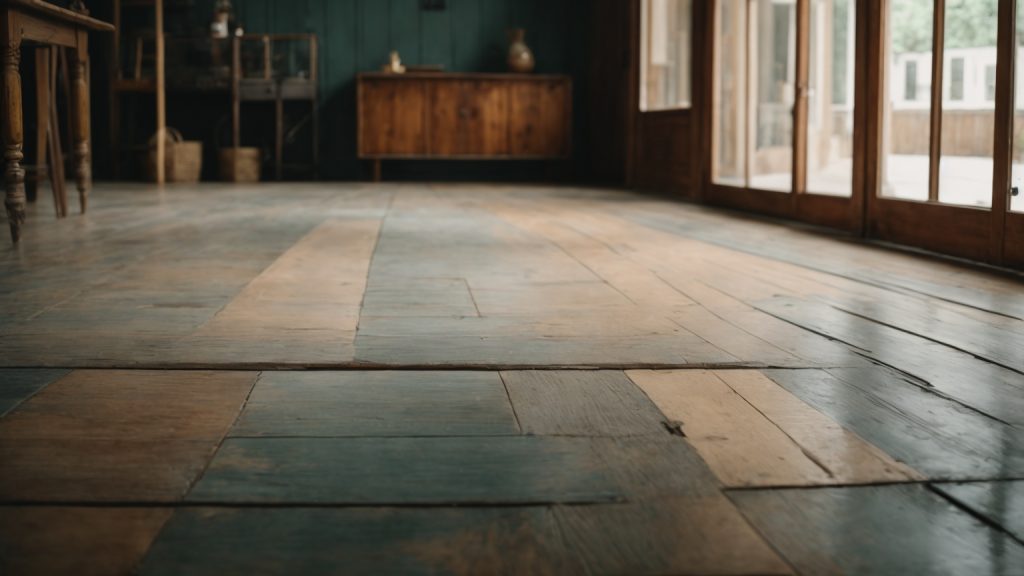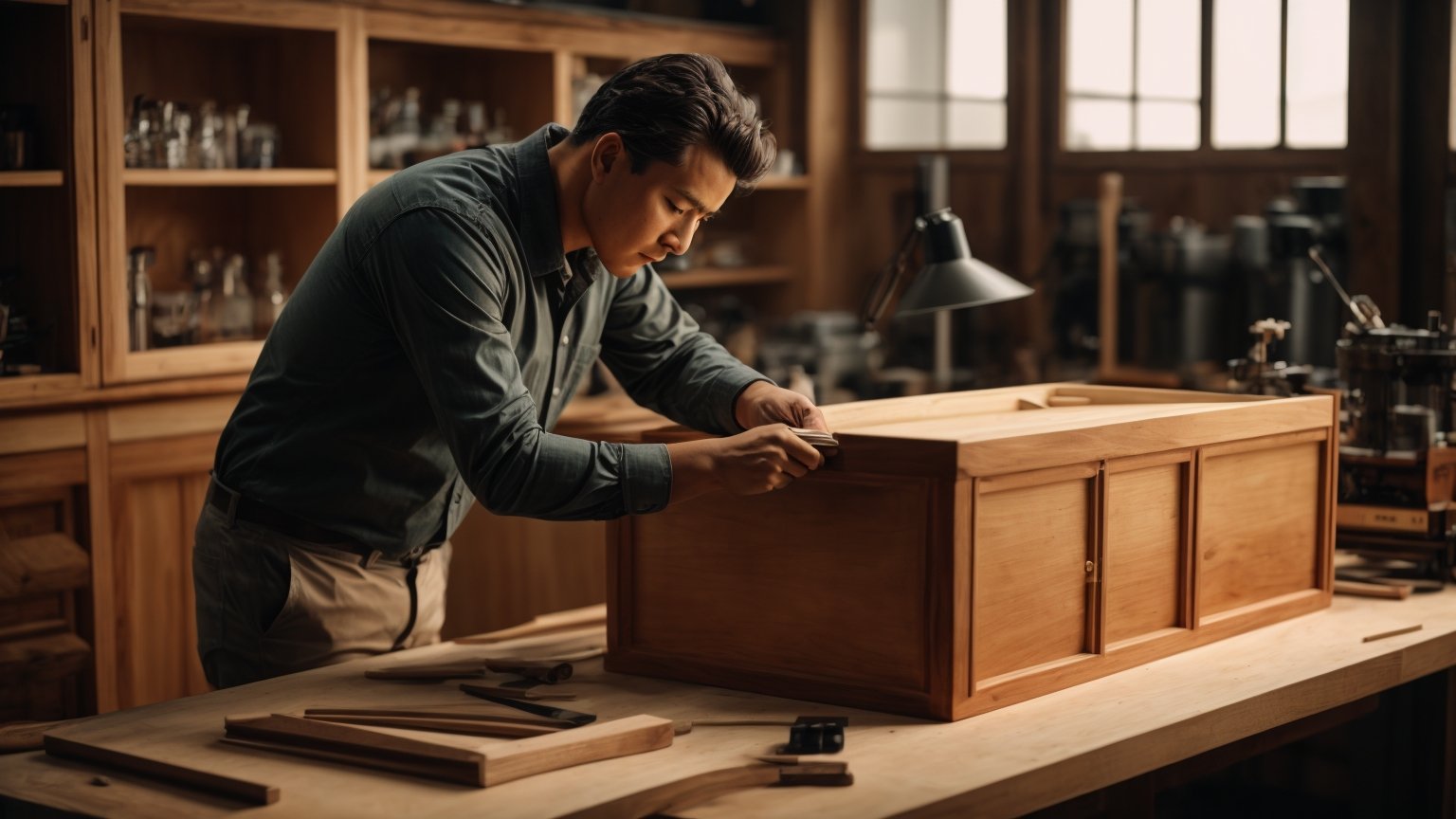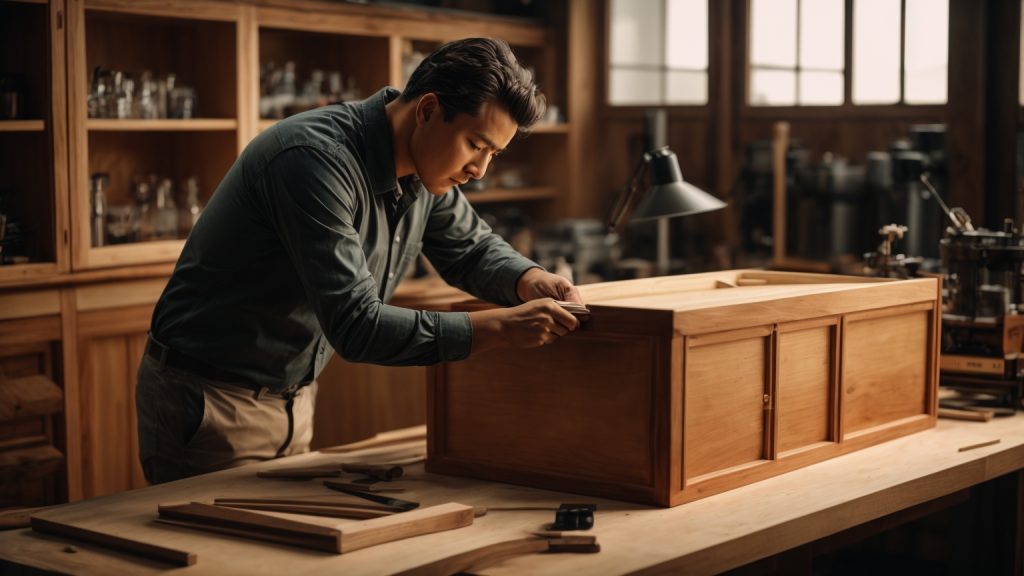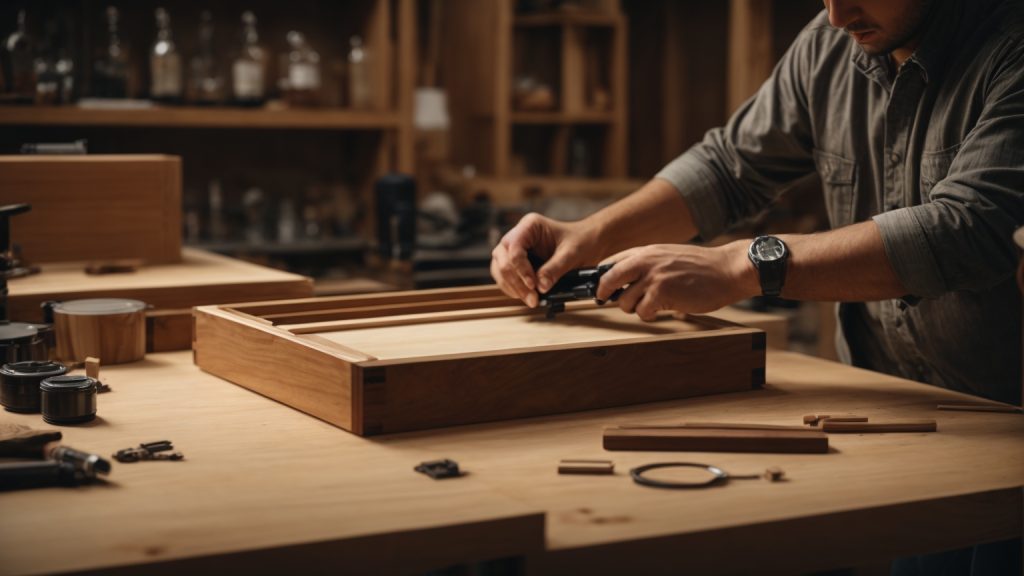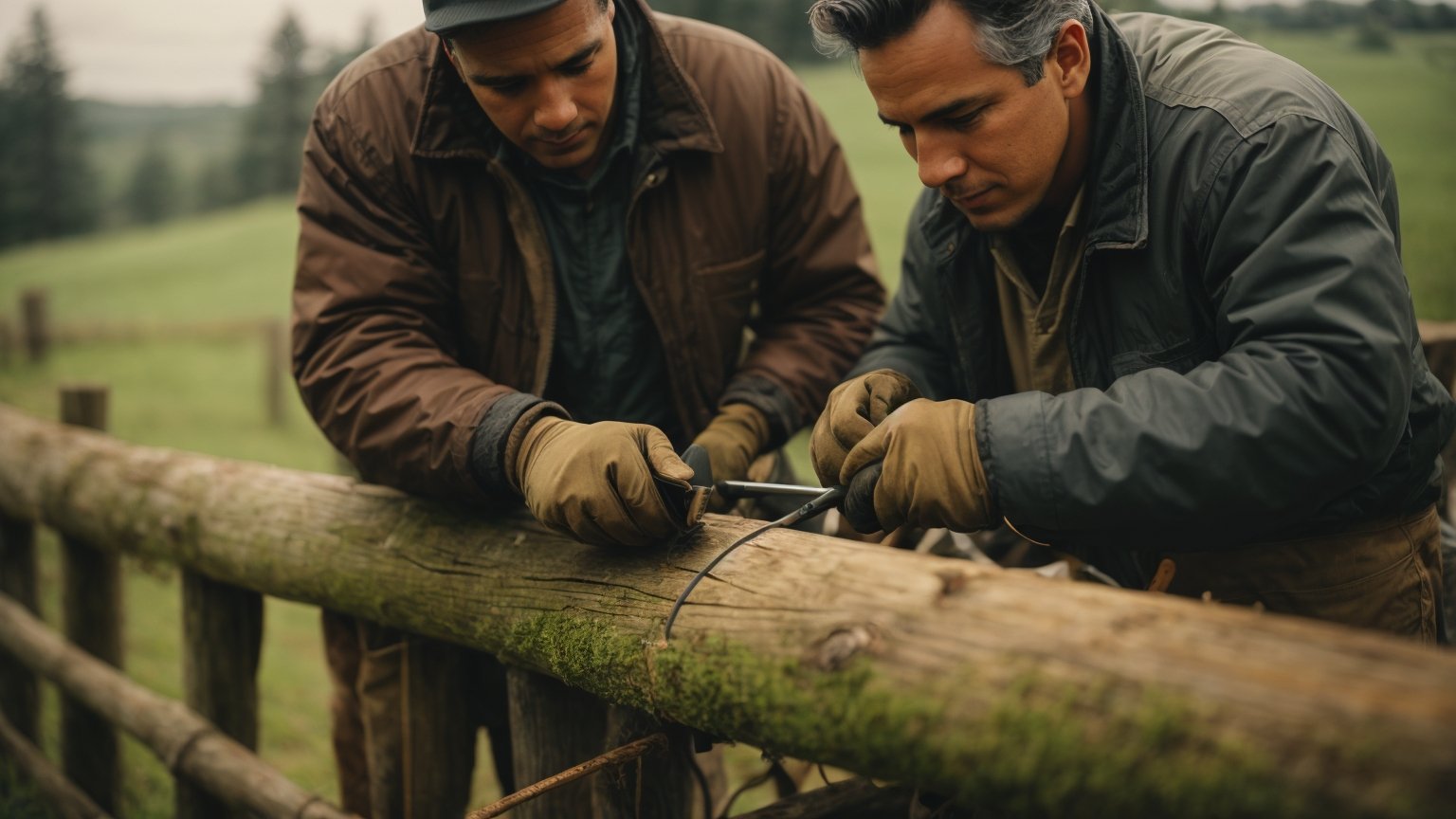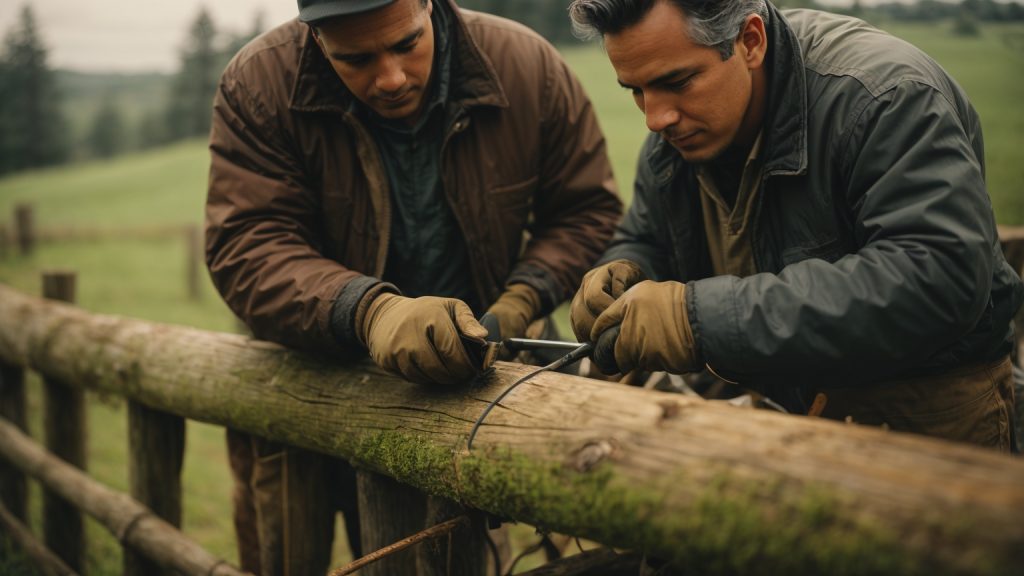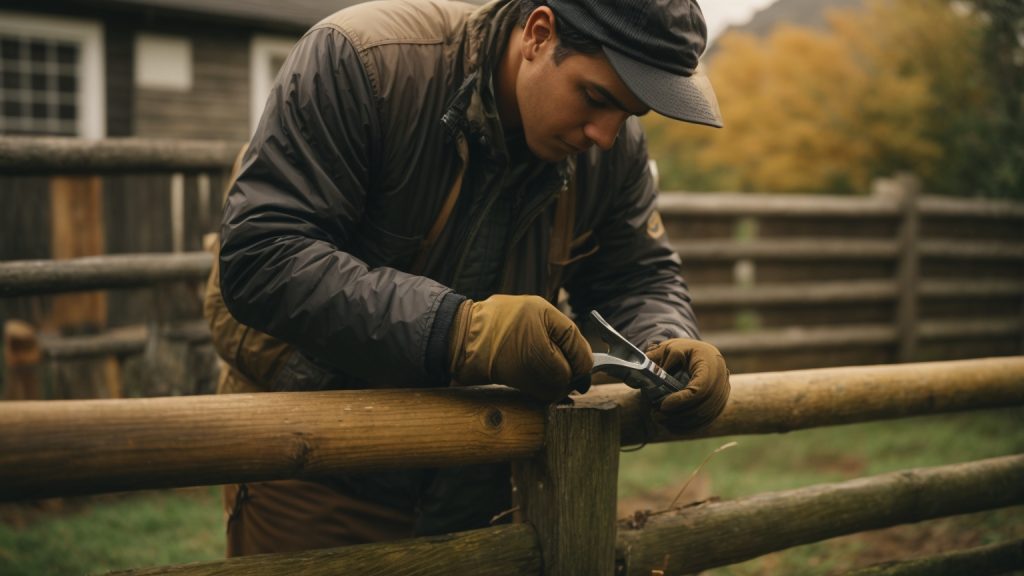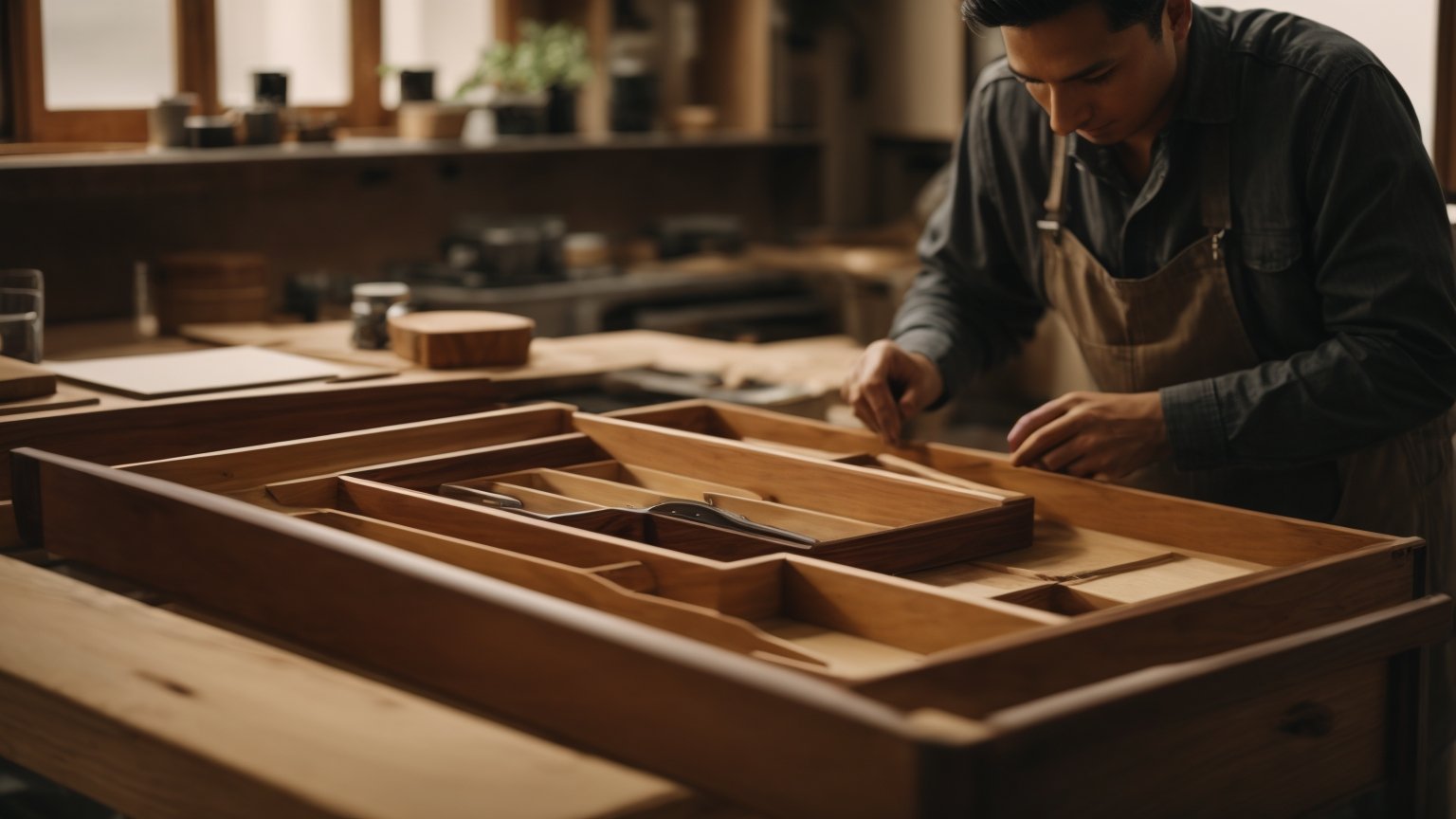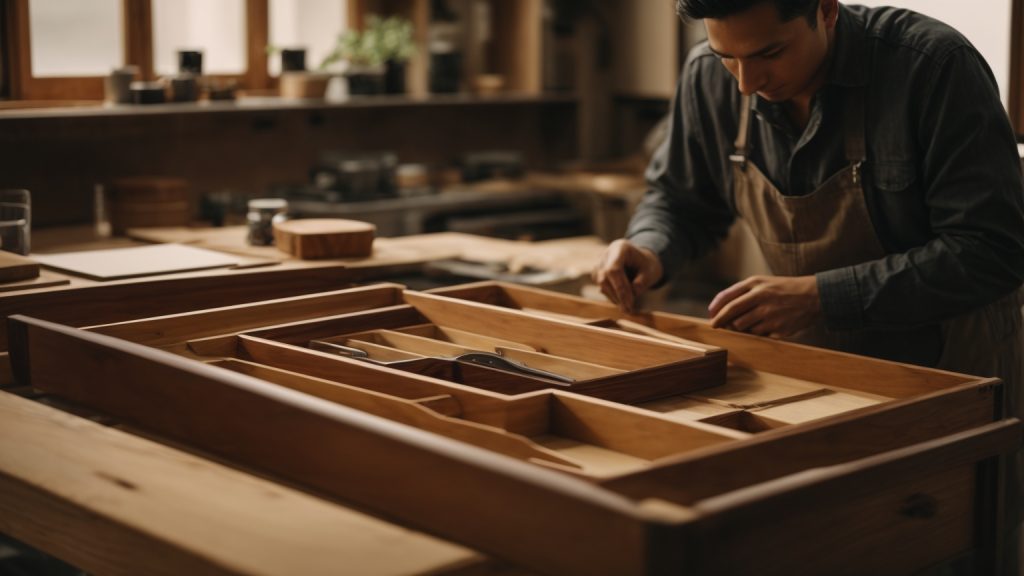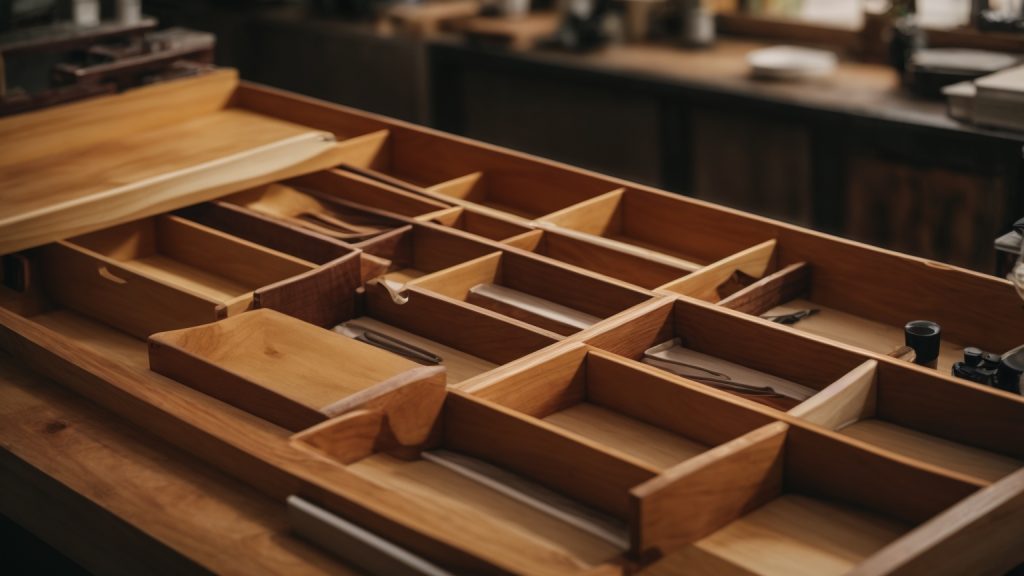Wooden dowels are cylindrical rods made of wood that are used as fasteners in furniture and woodworking. They come in various diameters and lengths and are commonly used to assemble furniture, such as tables, cabinets, and beds. Dowels are also used as structural reinforcements in cabinet making and in numerous other applications.
Wooden dowels are versatile and easy to use. They are often used to join two pieces of wood together without the need for screws, nails, or other fasteners. Dowels can be glued into pre-drilled holes or simply hammered in, depending on the application. They are also useful for creating strong joints in furniture and other woodworking projects. Whether you are a professional woodworker or a DIY enthusiast, wooden dowels are a useful tool to have in your arsenal.
What is a Wooden Dowel?
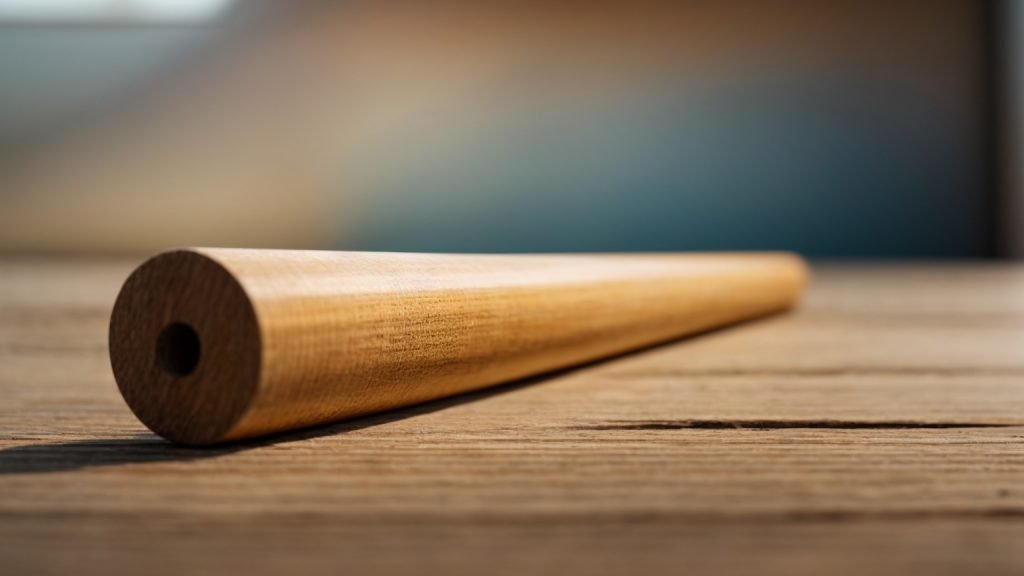
If you’re into woodworking, you’ve probably heard of wooden dowels. Wooden dowels are cylindrical rods made of wood that are used to join two pieces of wood together. They are a popular alternative to screws, nails, and other types of fasteners because they provide a strong and reliable connection that is also aesthetically pleasing.
Wooden dowels come in various diameters and lengths, making them versatile and suitable for a wide range of woodworking projects. The most common diameters range from 1/8 inch to 1 inch, while lengths can vary from a few inches to several feet.
Wooden dowels are typically made from hardwoods such as oak, maple, and birch, although softer woods like pine can also be used. They can also be made from bamboo, which is a sustainable and eco-friendly option.
One of the benefits of using wooden dowels is that they provide a flush and seamless connection between two pieces of wood. This is because the dowel is inserted into a hole that is drilled into each piece of wood, and then glued in place. The glue creates a strong bond between the two pieces of wood, while the dowel provides additional support and stability.
Overall, wooden dowels are a simple yet effective way to join two pieces of wood together. Whether you’re building a piece of furniture or a small woodworking project, wooden dowels are a reliable and aesthetically pleasing option that can help you achieve a professional-looking result.
Types of Wooden Dowels
When it comes to wooden dowels, there are several types available. Each type has its own unique properties and uses. In this section, we will go over some of the most common types of wooden dowels.
Standard Dowels
Standard dowels are the most common type of wooden dowel. They are cylindrical in shape and are available in various diameters and lengths. Standard dowels are used in a wide range of applications, including furniture making, carpentry, and DIY projects.
Fluted Dowels
Fluted dowels are similar in shape to standard dowels, but they have flutes or grooves running along their length. These grooves provide better adhesion and help to prevent the dowel from slipping or rotating within the joint. Fluted dowels are commonly used in furniture making and carpentry.
Spiral Dowels
Spiral dowels are similar to fluted dowels, but they have a spiral groove running along their length. This spiral groove provides even better adhesion than fluted dowels and can help to prevent the joint from loosening over time. Spiral dowels are commonly used in high-stress applications, such as chair legs and table legs.
Dowel Pins
Dowel pins are shorter and thicker than standard dowels. They are designed to be used as structural reinforcements in cabinetry and furniture making. Dowel pins are commonly used to join two pieces of wood together at a right angle.
Pre-Glued Dowels
Pre-glued dowels are standard dowels that have been coated with glue. They are designed to be used in applications where a quick and easy joint is required. Pre-glued dowels are commonly used in DIY projects and furniture making.
Hardwood Dowels
Hardwood dowels are made from hardwoods such as maple, oak, and cherry. They are stronger and more durable than softwood dowels and are commonly used in high-stress applications.
Softwood Dowels
Softwood dowels are made from softwoods such as pine and spruce. They are less expensive than hardwood dowels but are not as strong or durable. Softwood dowels are commonly used in low-stress applications.
In conclusion, when choosing a wooden dowel, it is important to consider the type of wood, the diameter and length of the dowel, and the type of joint you are trying to create. By selecting the right type of dowel for your project, you can ensure a strong and reliable joint that will last for years to come.
Uses of Wooden Dowels
Wooden dowels are versatile and widely used in various woodworking projects. Here are some common uses for wooden dowels:
Furniture Construction
Wooden dowels are commonly used in furniture construction as a way to join pieces of wood together. They are often used in place of metal fasteners because they are less visible and provide a more natural look. Dowels are especially useful for creating strong joints in chairs, tables, and cabinets. They can be used to fasten legs to tabletops, attach arms to chairs, and connect shelves to bookcases.
Craft Projects
Wooden dowels are also popular in craft projects. They can be used to create a variety of items such as picture frames, jewelry holders, and plant stands. Dowels can be cut to different lengths and painted or stained to match the project. They can also be used as handles for small boxes or as the base for a homemade wind chime.
Home Improvements
Wooden dowels are useful in a variety of home improvement projects. They can be used to repair broken furniture legs or to reinforce joints in a wobbly table. Dowels can also be used to hang curtains or to create a simple towel rack. They are also useful for creating a dowel joint when joining two pieces of wood together.
In conclusion, wooden dowels are a versatile and useful tool in woodworking, crafting, and home improvement projects. They provide a natural look and can be used to create strong joints in a variety of applications.
How to Choose the Right Wooden Dowel
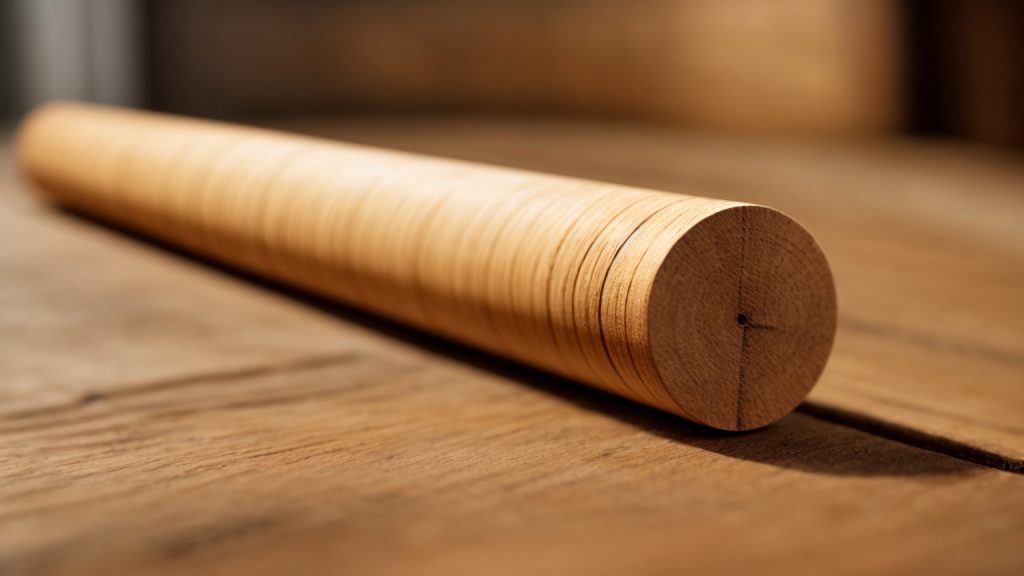
Choosing the right wooden dowel for your project can be a bit tricky, but it’s an important step to ensure that your project turns out just the way you want it. Here are some tips to help you choose the right wooden dowel:
Consider the Size
One of the most important things to consider when choosing a wooden dowel is the size. Dowels come in different lengths and diameters, so you’ll need to choose the right size for your project.
The length of the dowel you choose will depend on the thickness of the wood you’re working with. If you’re working with thin wood, you’ll want a shorter dowel, whereas if you’re working with thicker wood, you’ll need a longer dowel.
The diameter of the dowel you choose will depend on the size of the hole you’ve drilled. You’ll want to choose a dowel that fits snugly in the hole, but not so tight that it splits the wood.
Consider the Type of Wood
Another important factor to consider when choosing a wooden dowel is the type of wood you’re working with. Different types of wood have different characteristics, so you’ll need to choose a dowel that’s compatible with the wood you’re using.
For example, if you’re working with hardwood, you’ll want to choose a hardwood dowel. Hardwood dowels are stronger and more durable than softwood dowels, so they’re better suited for hardwood projects.
Consider the Finish
The finish of the wooden dowel is also an important consideration. Some dowels come unfinished, while others come pre-finished with a clear coat or stain.
If you’re planning on staining or painting your project, you’ll want to choose an unfinished dowel. This will allow you to match the color of the dowel to the color of the wood.
If you’re not planning on staining or painting your project, you may want to choose a pre-finished dowel. This will give your project a finished look without the need for additional work.
By considering the size, type of wood, and finish of the wooden dowel, you can choose the right dowel for your project and ensure that it turns out just the way you want it.
How to Use a Wooden Dowel
Using wooden dowels is a simple and effective way to join pieces of wood together. Here are some steps to follow when using wooden dowels:
- Measure and mark the location of the dowel holes on both pieces of wood that you want to join together. Make sure that the holes are aligned properly.
- Use a dowel jig or a drill press to drill the holes. The size of the drill bit should match the diameter of the dowel that you are using.
- Apply a small amount of wood glue to the dowel and insert it into one of the holes. Make sure that the dowel is inserted all the way in.
- Repeat the process with the other dowel and hole.
- Apply wood glue to the surfaces of both pieces of wood that will be joined together.
- Insert the dowels into the corresponding holes on the other piece of wood and push the two pieces of wood together.
- Clamp the two pieces of wood together until the glue dries.
Using wooden dowels can be a great way to create strong and durable joints in your woodworking projects. Just make sure to follow these steps carefully to ensure that your joints are properly aligned and secure.
Maintenance and Care of Wooden Dowels
Wooden dowels are durable and long-lasting, but they still require proper maintenance and care to ensure their longevity. Here are some tips on how to take care of your wooden dowels:
Keep them dry
Wooden dowels should be kept dry at all times. Moisture can cause the wood to swell and weaken, which can affect the strength of your joints. If your wooden dowels get wet, dry them off immediately with a clean cloth.
Clean them regularly
Dirt and debris can accumulate on your wooden dowels over time, which can affect their performance. To keep them clean, wipe them down with a dry cloth or use a soft-bristled brush to remove any dirt or debris.
Store them properly
When not in use, store your wooden dowels in a dry, cool place. Avoid storing them in areas with high humidity or extreme temperatures, as this can cause the wood to warp or crack.
Apply wood oil or wax
To keep your wooden dowels looking their best, apply a coat of wood oil or wax every few months. This will help protect the wood from moisture and prevent it from drying out.
Check for damage
Regularly inspect your wooden dowels for any signs of damage or wear. If you notice any cracks, splits, or other damage, replace the dowel immediately to prevent it from weakening your joints.
By following these simple tips, you can ensure that your wooden dowels remain strong and durable for years to come.

